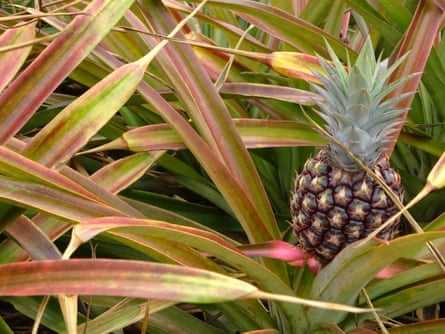In May this year, the Telica volcano in north-west Nicaragua erupted. During the two weeks that followed, over 500 gas explosions were recorded, expelling large amounts of ash and rocks. Less than 1km away, the community of Agua Fría found rocks had fallen dangerously close to their homes, still scorching hot from the vent of the volcano.
Before that, Telica last erupted in 2011 when unfavourable wind conditions put some of the communities closest to the crater at considerable risk. A longer-lasting impact of the 2011 eruption was the damage caused to crops. Most families on Telica rely on subsistence farming for food. Many farmers’ bean crops were devastated by ash and heavy rain acidified the sulphur dioxide produced by the eruption. Families had to find ways to cope with less food that year. People were forced to sell their assets, leave their homes to find work elsewhere and live on meagre diets.
The communities living on Telica face many of the challenges that come with living in marginalised rural areas. Many earn less than $1.25 per day, living below the absolute poverty line as set by the World Bank. These eruptions highlight the dangers that come with living on the slopes of a volcano. But even at times of no eruptions, people in the area are highly vulnerable to food insecurity.
Telica’s farmers are reliant on a limited number of rainfed crops, namely beans and maize. If there is too little or too much rain, or a disease outbreak, crop yield is reduced and diets and livelihoods are compromised. Being on a volcano, there is no capacity to irrigate. This makes farming particularly difficult in drought years such as this one. El Niño weather patterns have resulted in little rainfall in the first half of the wet season. It is vital that sufficient rain falls at this time, as it is when farmers plant their crops.

The exposed nature of Telica’s slopes causes valuable soil to be eroded by wind and rain. This soil erosion is further compounded by deforestation to make more land available for agriculture. Many farmers invest large proportions of their savings into chemical fertilisers and pesticides, hoping to boost yields. However, debt often forces them to sell their produce as soon as harvest time comes, when supply is high and prices are low. They get little return for their investments, only to see prices rise later on.
Nuevas Esperanzas, a local NGO, is using model farms to address many of the factors that compound food insecurity and poverty on the Telica volcano. Crop diversification is key. Cash crops, such as coffee and cocoa, are planted alongside staple crops, such as beans and maize. Different varieties are being planted, targeting those that are more drought-tolerant and adaptable to acidic conditions, such as pineapple and dragon fruit. An agroforestry system is being developed as coffee and cocoa plants need shade. Avocado, mango and orange trees will provide this as well as producing fruit that can be sold for income.
Access to markets can be a problem so road-side stalls will be set up, enabling the farmers to engage directly with their customers. This is complemented by training in marketing and business planning.

Within the model farms, vegetable gardens are being managed using agro-ecology methods. Where possible, natural processes, are being used – instead of chemical fertilisers, nitrogen-fixing plants are being planted among rows of crops, acting as a form of natural fertiliser. These methods help prevent the buildup of financial debt and are more beneficial to the environment. Significant effort goes into promoting soil health, which increases water retention and promotes crop growth. The aim is to grow more food using the limited land and water resources that are available. Alongside the farms, beehives provide an additional source of income and encourage conservation of the surrounding forest.
Nuevas Esperanzas’ agricultural experts provide weekly training days at the farms. Members of the community learn agricultural techniques as well as training in finance and selling crops commercially. They can then take what methods work for them to use on their own farms. Profits from selling fruits and honey produced on the model farms is shared among them.
One exercise involved participants going to the market and speaking directly to vendors about the prices of pineapple and dragon fruit. They were then asked to calculate the cost of producing these crops to see the potential income.
“All were surprised to calculate that the unit cost of producing these crops were extremely low,” says Enrique Bolaños, Nuevas Esperanzas’ agricultural engineer. “They realised that the largest investment is in buying the plant material. And this investment brings better income. This is now in their hands, as they don’t need to buy new plant material. Cuttings from the pineapple plants on the model farms can be taken and reproduced on their own farms.”
Vulnerability to food insecurity on the Telica volcano is complex and dependent on many factors. The model farms aim to take a holistic approach. The seeds are sown for the improvement of food security on Telica. The next few years will be important in judging whether the model farms are successful in meeting their objectives.
Rosie Iron is the UK coordinator for Nuevas Esperanzas. Follow @RosieIron00 on Twitter.
Join our community of development professionals and humanitarians. Follow@GuardianGDP on Twitter.

Comments (…)
Sign in or create your Guardian account to join the discussion